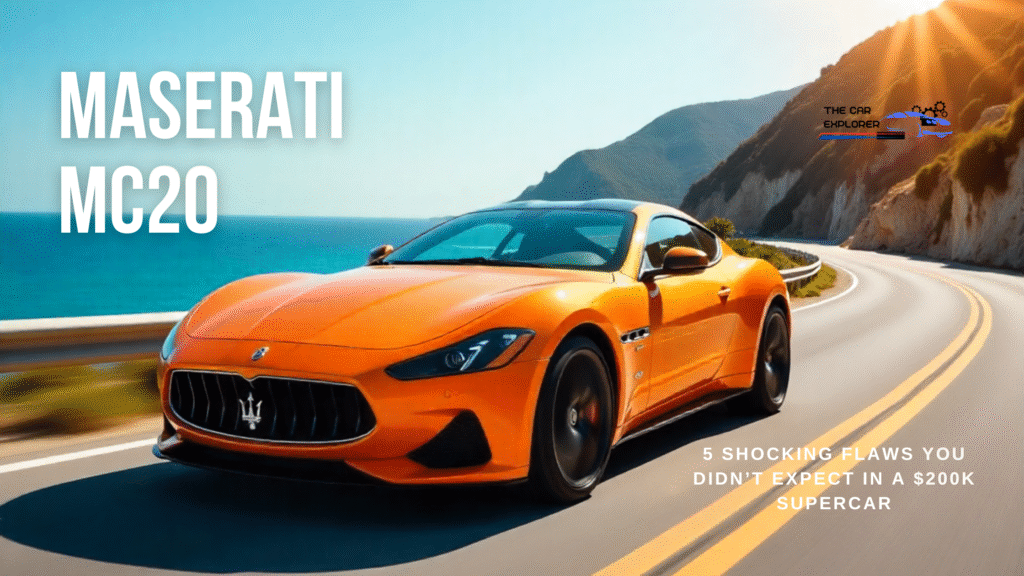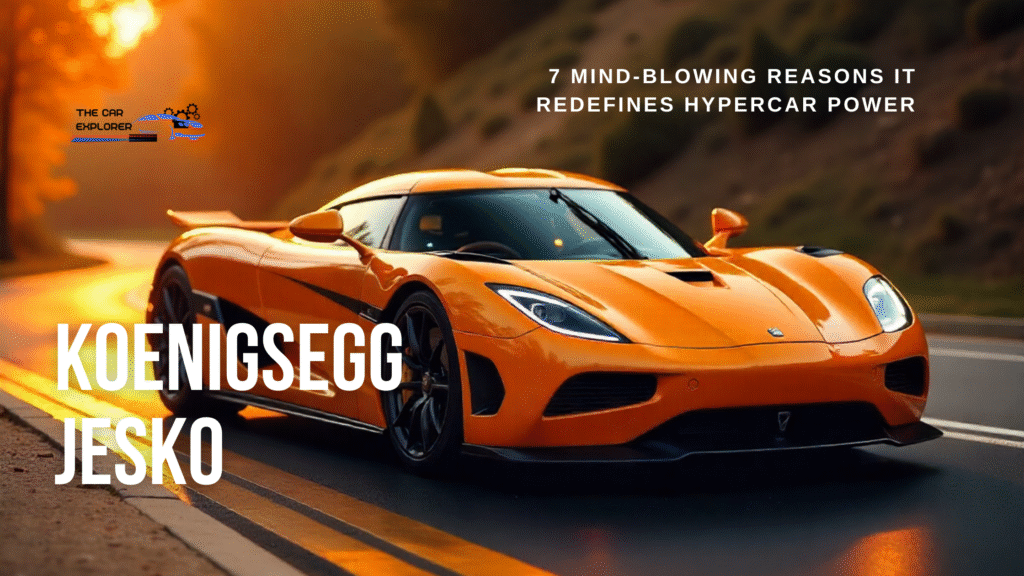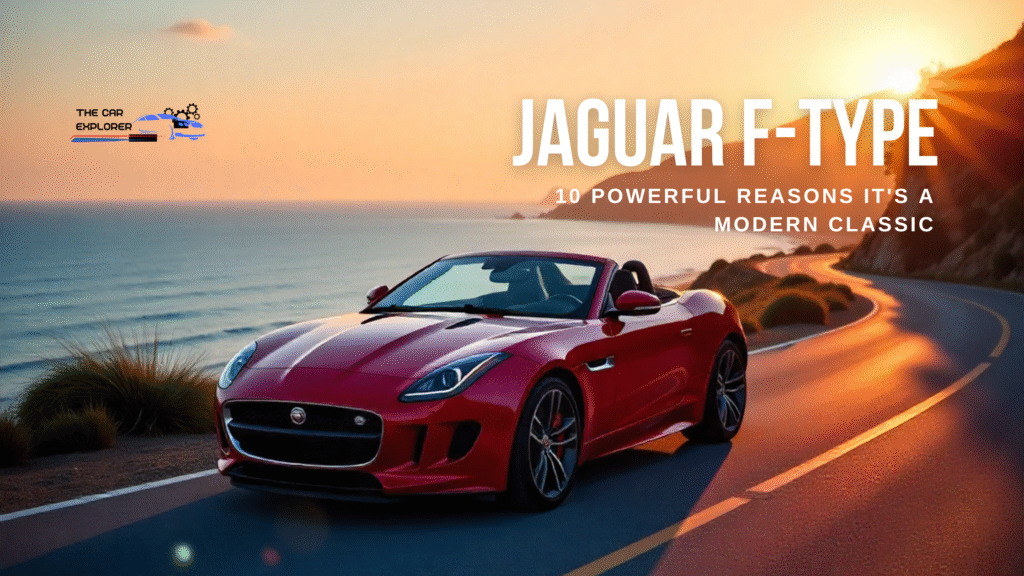Table of Contents
Introduction: The Stunning Supercar With Surprising Shortcomings
The Maserati MC20 stormed the scene as the ambitious comeback of the Italian brand into the world of supercars, several decades after being left in the shadow. MC20 was sleek, had butterfly doors, and its twin-turbo V6 was based on Formula 1 technology, promising a new performance and luxury age to Maserati. Not only was it a car, but it was a statement.
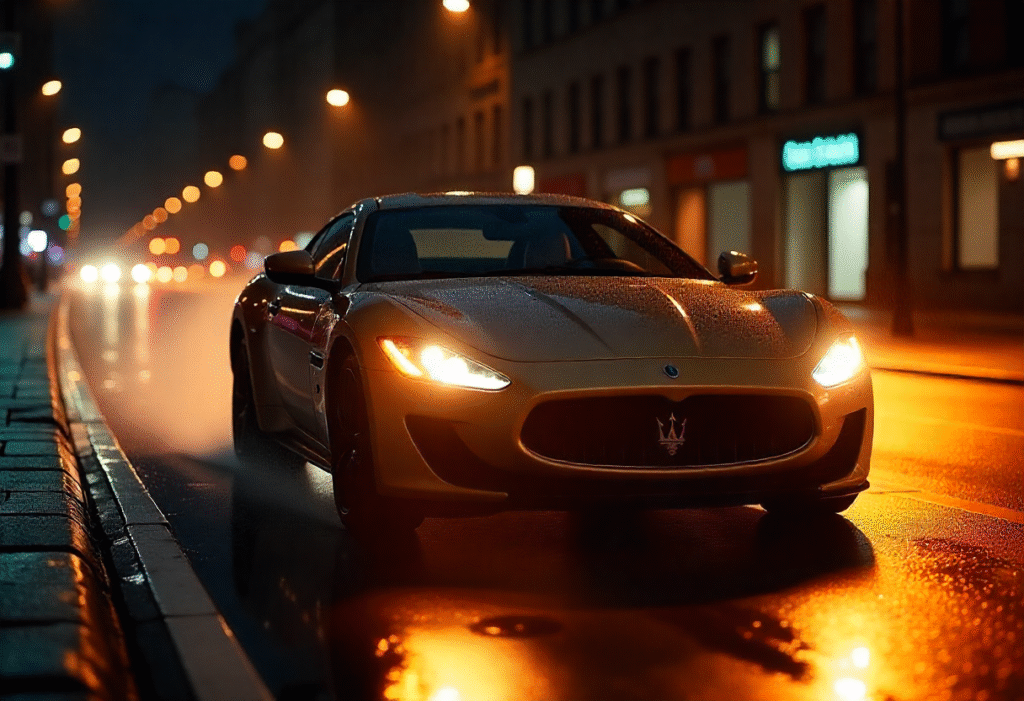
The MC20 immediately has to go up against rivals such as Ferrari, McLaren, and Lamborghini in a competitive field with an entry price of over $200,000. In theory, it is no slacker with a sprint time of less than 3 seconds 0-60, 202 mph top speed, and a show-stopping Italian design. To most people, it appeared that Maserati had finally broken the code when it comes to hypercars.
Yet even the most beautiful machines have their flaws.
Coupled to the glitz and the digits, there are a couple of hidden sins, idiosyncrasies, and weaknesses that shine through at this price. Others can be attributed to design-related choices, whereas others can be related to real-life usability oversights that can even make committed fans feel furious.
We have gathered five possible problems of the Maserati MC20 that, perhaps, may make you hesitate to say that it is a perfect one.
1. Cabin Tech Feels More FCA Than Ferrari
Any car costing more than 200K should have a more advanced technological experience than the competition at the very least, and the Maserati MC20 is no exception. Unfortunately, such is where the MC20 begins to reveal chinks in the armour housing the carbon-fiber body.
The Uconnect interface is the backbone of the infotainment system (it is basically the simplest version of the user interface with several Jeep, Dodge, and Chrysler vehicles that are sold as Stellantis vehicles). Although Uconnect is often highly commended because of its user-friendliness and touch responsiveness in everyday cars, it is very much misplaced in a top Italian supercar meant to rival Ferrari and McLaren.
It lacks the custom digital flashiness that makes a car special. There is nothing motorsport driven with extreme performance potential like the McLaren Artura, with its integration of telemetry systems or equally on the opposite, there is nothing high end with even the most printed circuit board to act as a transition into tech-luxury balance such as the Porsche 911 Turbo S or McLaren Artura, instead, the MC20 structure, feels like a step backward. The screens, graphics, and the user interface just cannot reflect the futuristic feel of the car or the performance specs.
This VF-lite experience of technology expression is a detrimental factor to the MC20, since in a competitive market, the buyers are looking for more than the simple raw speed at this price level. It does not kill the car, but it does make it less special as soon as you enter it.
2. Harsh Ride Quality for Daily Use
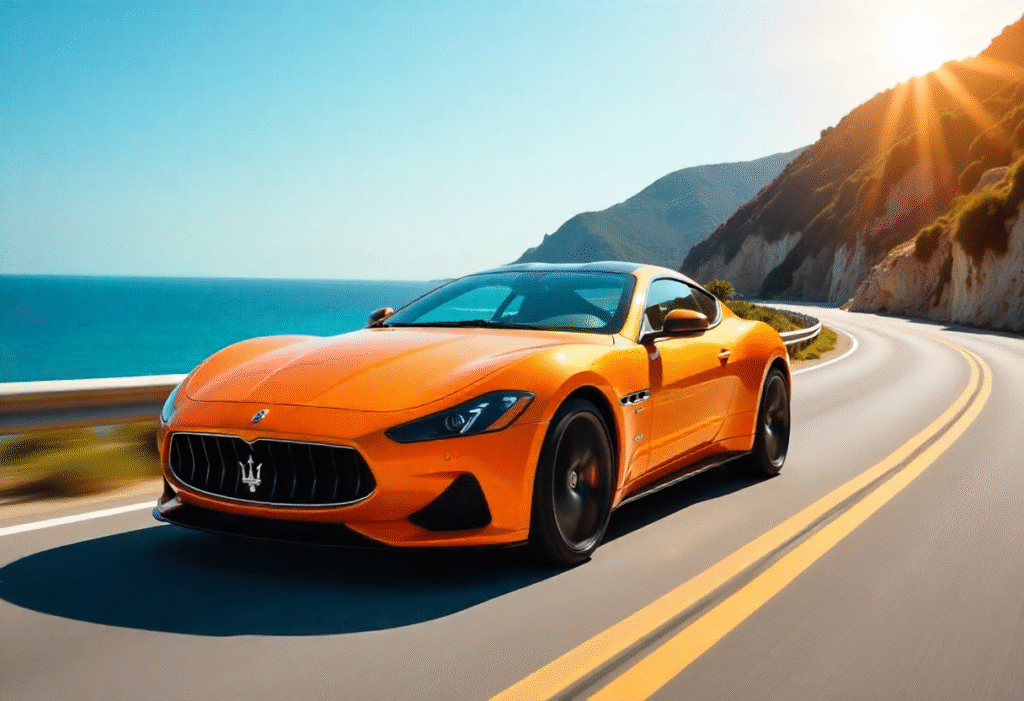
The Maserati MC20 is certainly fast, and it is also obvious that the chassis and suspension are tuned towards quick handling and extreme stability. However, the laser’s focus on performance is not without a certain trade-off, which is ride comfort.
Adjustable dampers and the GT drive mode aside, the MC20 subjects supercar buyers to a ride that is close to unforgiving on an actual road. The rigid suspension system of the car converts expansion joints, potholes, and uneven surfaces into painful experiences that make enjoyment hard, and even pain has to be endured if flexible cruising is desired or when taking a daily commute.
In a pure track car, this would be a non-issue, but the MC20 is a dual-purpose supercar; It is supposed to be both thrilling to drive on track and comfortable enough to drive long distances. It is a shame, though, that the implementation is more race-ready rigidness than road-trip calm.
Besides, the competitors, such as the McLaren GT, Ferrari Roma, and even Porsche 911 Turbo S, can also provide a similarly exciting experience but have more compliant handling to use in everyday situations. In contrast, the MC20 layout lacks livability in its setup.
To customers who want the full package from a supercar, in the sense of the most exciting driving experience and not losing comfort in search of it, the Maserati MC20 may serve as a somewhat disappointing revelation due to its harsh ride.
3. No Hybrid Tech in an Evolving Supercar Market
By 2025, hybrid and electrified performance is sweeping up the supercar world to incorporate both electrification and the combustion power that gives performance instant torque, improved efficiency, and engineering that can adapt to any future. But the Maserati MC20 comes onto the stage, with, yes, a gas V6.
No, we are not talking badly about the Maserati all-new Nettuno 3 L twin-turbo V6. It is a technological wizard by itself. It has F1-level pre-chamber ignition technology borrowed from and produces 621 hp of neck-snapping power. However, in the modern market, with the concepts of electromobility even getting such iconic brands as Ferrari and McLaren pushed through to their new cars, the electric-free MC20 feels like a step in the wrong direction.
The electric versions of exotic cars offer similar performance to their petrol-powered counterparts. Too bad the most direct competition to the electric Evitations is also the least inspiring car of the bunch: the Ferrari 296 GTB with a hybrid V6 engine (818 hp). But there are other, superior models which prove that the driving experience is not deteriorated with electrification, but it can indeed be enhanced.
Refusing to switch to a more modern ICE+ layout, the Maserati MC20 is likely to become an obsolete car too early. It is missing:
- Off the line, instant electric torque
- Better emissions and fuel economy
- Future-proof value in the cities that would embrace only EV zones
Maserati will eventually deliver an all-electric MC20 Folgore, but at this point, customers spending their money on a gasoline-powered MC20 are getting a state-of-the-art supercar with a bizarrely old-fashioned soul.
4. Rear Visibility Is Practically Nonexistent
You pay in a good part of the time, exotic design will bite you where it hurts, and this is one area in the Maserati MC20 where it hurts; that and it does not hurt in the expected directions.
With its mid-engine design, sloping rear deck, and lack of a classic rear window, the MC20 provides practically zero direct rear visibility. Maserati does not however, want to fit the car with a digital rearview mirror that is linked to a camera placed above the tail. Being innovative, it is not free of faults.
According to drivers, it has been reported that:
- The artificial sightlines of digital feed may produce a disorientating sensation compared to the natural one
- When there is low light, or it may be raining, clarity and depth perception may be lower
- No fallback possibility with a conventional rear mirror
This makes easy tasks such as parking, lane switching, or reversing a stressful activity than it ought to be in a 200K ride. And to the buyers who have plans of enjoying their MC20 on the road as they have loved it on the track, this weakness may not be a small inconvenience to become a regular irritation in everyday life.
The Maserati MC20, in comparison to other competitors, such as Audi R8, which do not compromise the need to focus on the practical side and instead incorporate easy visibility through better glass, is one that focuses on sculptural design that will ultimately alienate the less track-oriented customers.
5. Lack of Customization for a Luxury Supercar
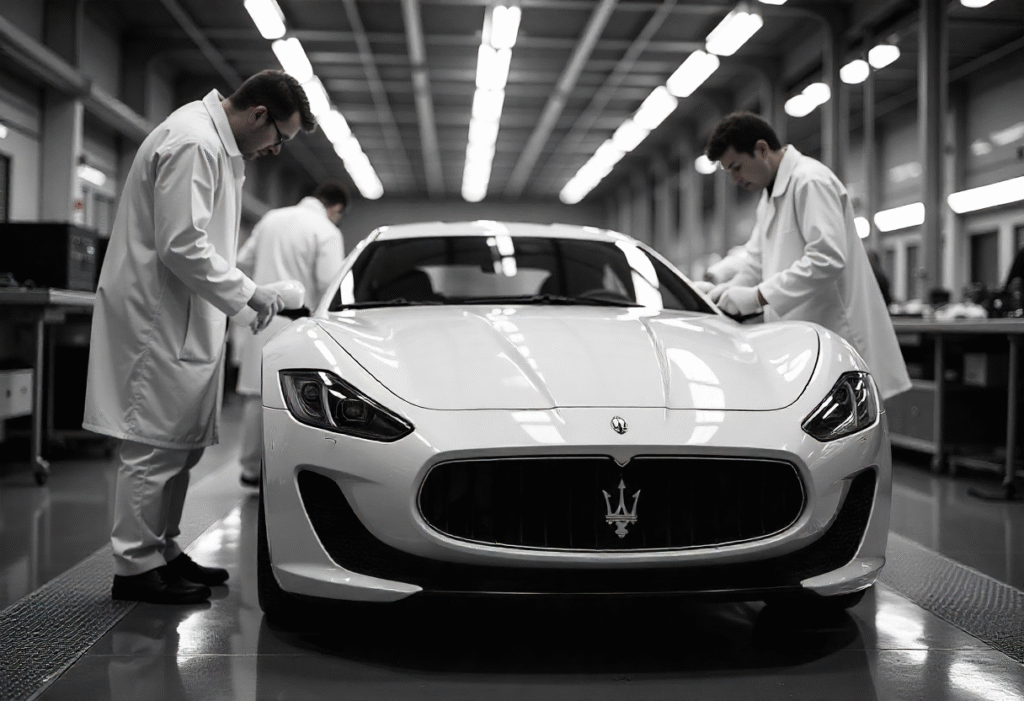
You are already paying more than 200 thousand dollars on a supercar, so exclusivity is not optional, but rather required. The Maserati MC20, on the other hand, is unfortunate in that it does not provide its buyers with the personalized type of customization that has become a norm in such segment.
Maserati has relatively little personalization compared with the Ferrari Tailor Made program or even the Lola or Porsche Exclusive Manufaktur. The range in terms of exterior color paint is modest, with the interior trims rare and few, and the custom badging/stitching possibilities are minimal at best.
Such uniqueness deprivation may be a deal killer to some customers who would prefer even the minutest detail of their supercar to be unique to their style. A car where custom-tailored interiors, single-off color schemes, and even accessories are the rule of the game, the MC20’s configurator tries to make one feel that it is a luxurious 2-seater rather than an exotic half-a-grand purchase.
This is not a whimsical waste; this is a loss of product to ownership experience. The car could be the most beautiful and the most exquisite one to drive, yet the original buyers who want to be different are going to stay away because the Maserati MC20 does not provide the luxury craftsmanship it needs to establish the marque against the most elite ones across the world.
Conclusion: A Brilliant Car With Room for Growth
Maserati MC20 is a beautiful and daring introduction back into the world of supercars – an astonishing design, next-level engineering, and the performance to gawk and pulse up. It is the quickest, the most exotic, and it is definitely Italian in its design and personality.
Yet even the most exhilarating cars do not go without faults.
Not only does it have disappointing cabin technology, but it also lacks customization dexterity, making the MC20 a few notches short. Especially given its high price range. None of these negatives is particularly a deal-breaker on its own, but the combination of the seven paints a challenging picture to buyers who are evaluating it against the competition, such as Ferrari, McLaren, and Porsche.
Nevertheless, notwithstanding the flaws, the Maserati MC20 is an exciting supercar with potentials that only need to be tapped more thoroughly, especially when subsequent versions of the car, such as the MC20 Cielo and Folgore EV, come along.
For more info: Click Here.
FAQs About the Maserati MC20
1. Is the Maserati MC20 a $200K car the disadvantages?
Sure, when you want an exclusive, high-performance Italian supercar that can stand out and shine in a crowd, then the Maserati MC20 will do the trick. Nevertheless, we advise a potential customer to pay attention to its drawbacks concerning everyday use, customization, and technological features in the cabin.
2. Will the MC20 have a hybrid or electric surfacing?
Yes. Maserati has recently announced the all-electric model MC20 Folgore, which is going to become a part of the lineup. It is supposed to introduce next-generation EV technology, zero-to-overwhelming torque, and the zero-emission option of the futuristic consumer.
3. Are these defects serviceable or serviceable after-market?
With a software upgrade, suspension adjustments, or at least modifications, some of those issues may be addressed, such as ride comfort or lack of features on the infotainment system. But smaller structure-related issues, such as lack of visibility at the rear and little chance of customization, tend to be harder (or not possible) to adjust except at the factory level.

